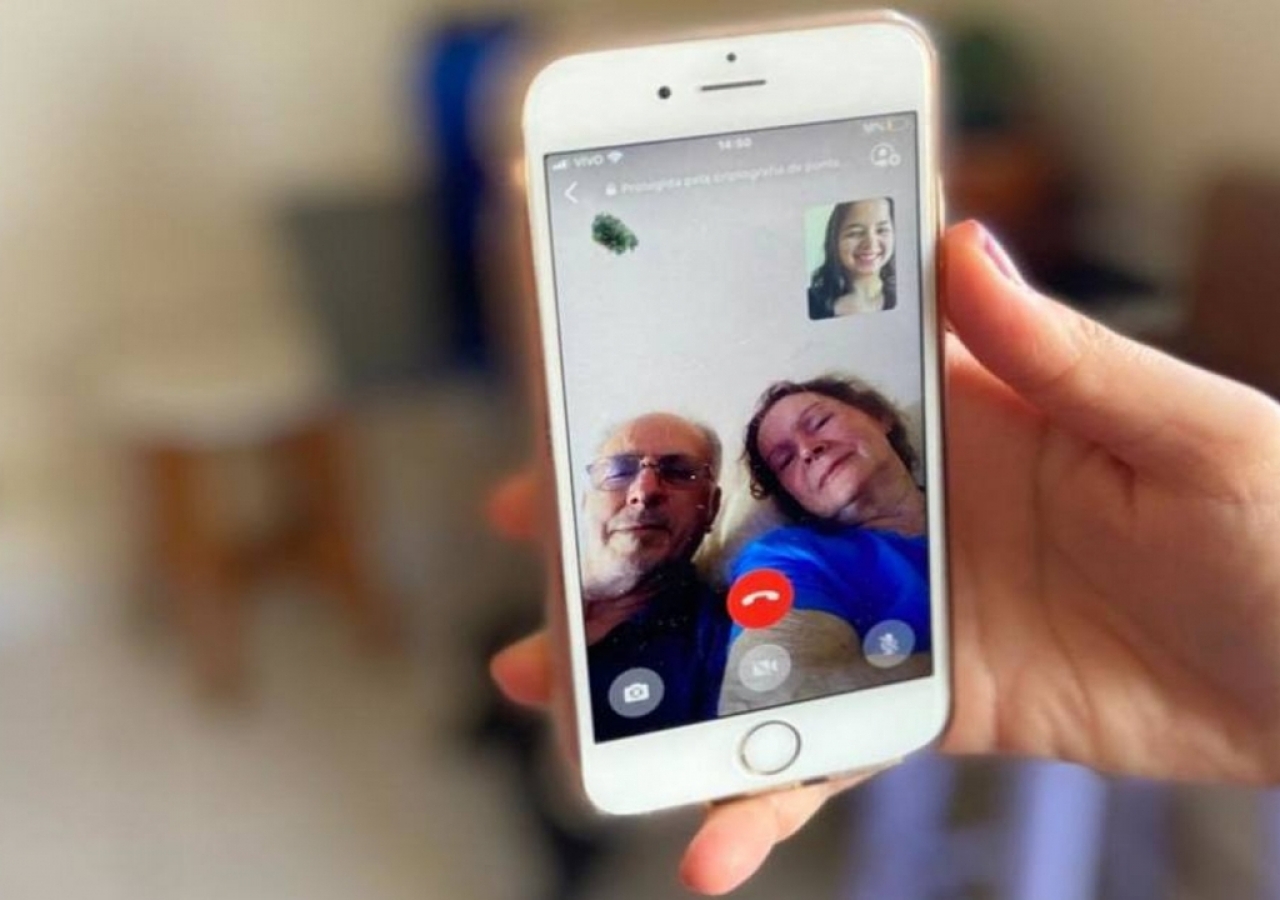Is physical distance becoming social isolation, particularly among seniors? What will be the consequences, in the short and long term, of this distance/social isolation? What measures can we take to mitigate the consequences of social isolation for the elderly?
Social isolation is mainly:
- Absence of social or family contact;
- Lack of involvement in the community or the outside world;
- Absence or difficulty in accessing services.
Social isolation is worrying, in general, but even more so in some situations of greater vulnerability, such as seniors who live alone and whose contacts were made with visits from family, friends or volunteers, which have now been interrupted. Situations in which physical distance has given way to social isolation have had important physical and mental consequences.
There are physical and psychological conditions that can increase the risk of social isolation:
- Mental disease;
- Chronic disease;
- Reduced mobility;
- Disability (eg. deafness)
- Be a permanent informal caregiver.
As a community, we have a duty to create opportunities for people to partake in social, cultural, recreational, sporting and spiritual activities. Therefore, Elderly Care has been promoting online sessions to mitigate the negative psychological impact and has motivated communication and socializing through social networks.
Technologies have played a very relevant role. They allow regular contact with family and friends, reducing loneliness and increasing the well-being of the elderly.
However, we must not forget the disparities that exist in the access and knowledge of the use of these tools. Despite being a powerful tool, it may not be the answer for all seniors, so we must be able to individualize the measures to be taken.
The existence of a good family harmony, self-esteem and autonomy, are also factors that help to avoid loneliness and isolation.
Physical distance will continue to be an important measure to reduce the transmission of the coronavirus, but we must prevent it from transforming or enhancing social isolation, particularly in the most vulnerable population.







